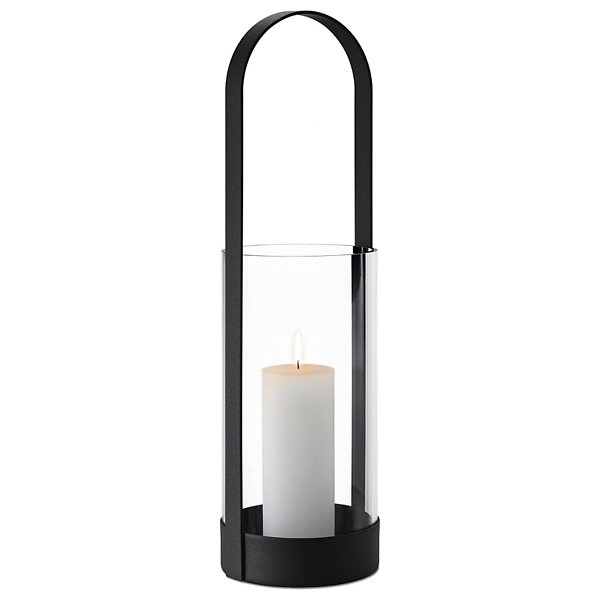BLOMUS Wandkerzenhalter »FINCA«, (1 St.), Kerzen-Wandleuchter, Kerzenhalter, Kerzenleuchter hängend, Wanddeko günstig kaufen | Ackermann.ch

Blomus Laterne Windlicht Finca M + L schwarz scandi nordic in Niedersachsen - Rotenburg (Wümme) | eBay Kleinanzeigen

Amazon.de: blomus -FINCA- Laterne L aus pulverbeschichtetem Metall, Windlicht, exklusive Optik, modernes Wohnaccessoire, stimmungsvolle Atmosphäre, Indoor-Nutzung (H / B / T: 46 x 20,5 x 21 cm, Schwarz, 63688)

Blomus Laterne Windlicht Finca M + L schwarz scandi nordic in Niedersachsen - Rotenburg (Wümme) | eBay Kleinanzeigen

BLOMUS Wandkerzenhalter »FINCA« (1 St), Kerzen-Wandleuchter, Kerzenhalter, Kerzenleuchter hängend, Wanddeko












